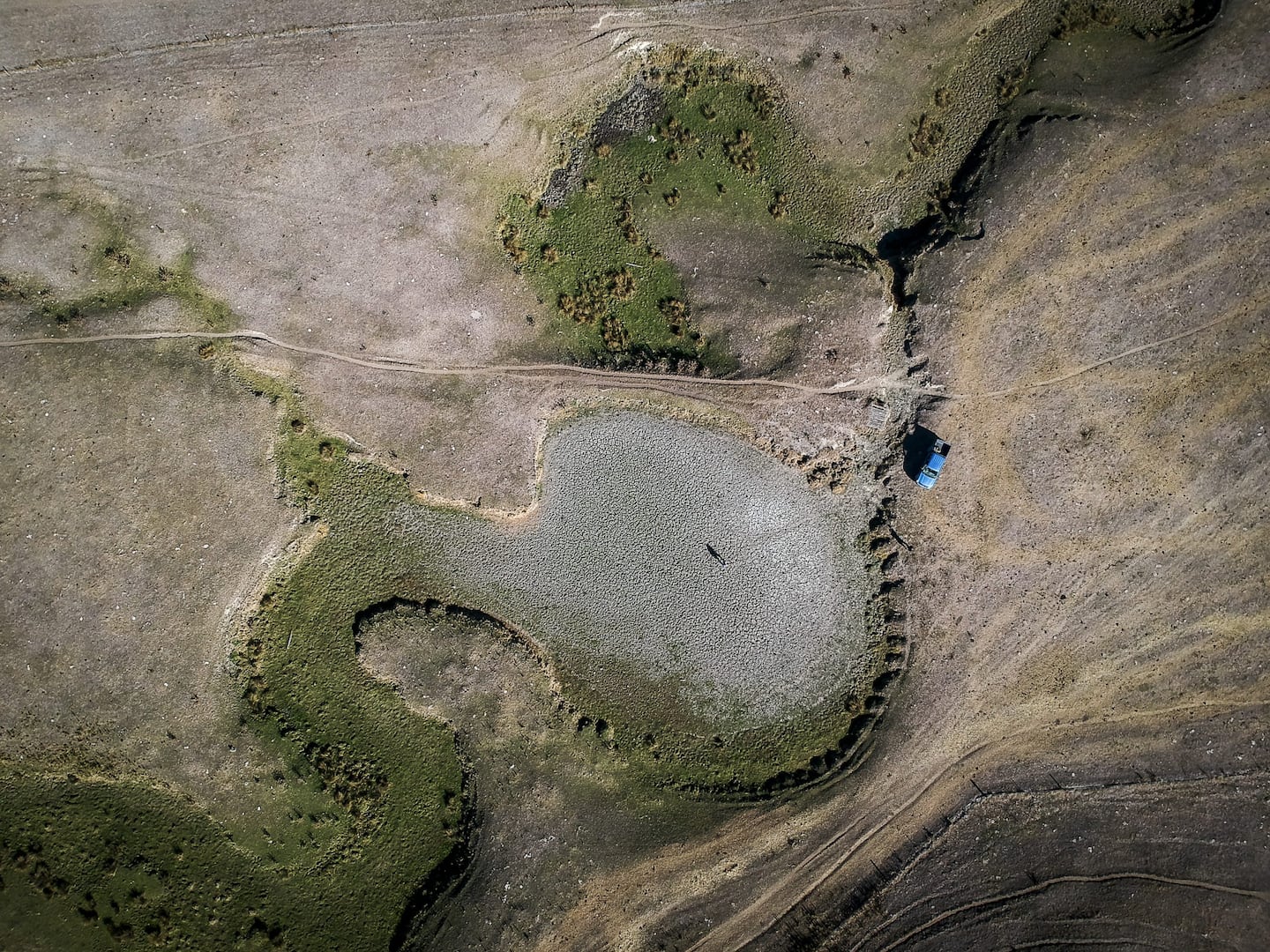A bid to build a dam in the shadow of the failed Ruataniwha dam in Central Hawke’s Bay has been given a $3 million injection from the Government.
The money will be used to find out if the massive project to store water on the Makaroro River is viable - commercially, environmentally and technically.
Regional Development Minister Shane Jones said the perilous state of water security and resilience in Hawke’s Bay can no longer be ignored.
He announced at the Regional Growth Summit in Hastings on Friday that a grant would come from the Regional Infrastructure Fund for the pre-construction development of the Tukituki Water Security Project in Hawke’s Bay.
The project is being co-funded by the Tukituki Water Security Project (TWSP), though it was not immediately clear how much it was pitching in.
“Climate change is leading to depleted water, higher temperatures and frequent droughts,” Jones said.
“The people, communities and environment of Hawke’s Bay need to have a safe and reliable water supply. Doing nothing is no longer an option,” he said.
Various attempts to get the dam off the ground have been mired in controversy since it was first supported by Hawke’s Bay Regional Council (HBRC) almost a decade ago.
It was eventually abandoned by HBRC in 2018 after a Supreme Court finding against it, and the $20 million it had spent on development went down the drain, with the consents then sold to Water Holdings Hawke’s Bay Ltd, a group of local farmers.
For several years, the hopes of revival for the project appeared slim, with the consents set to expire in 2025.
However, amid Prime Minister Christopher Luxon’s desire for dams around the country, the project got a big boost from the Government when it included in a list of things being considered under fast-track legislation.
On October 31, at a Central Hawke’s Bay Council meeting in Waipawa, amid backlash from some in the community, the council voted to endorse a Hawke’s Bay Community Water Trust Deed that could also help pave the way for the dam to be revived.
The purpose of the Hawke’s Bay Water Trust and its draft deed is to explore water security in Central Hawke’s Bay, and initiatives that could help it - including a large-scale dam.
TWSP spokesperson Mike Petersen welcomed the Government’s leadership and support in allocating the grant to help enable the next phase to creating an intergenerational water infrastructure asset for the Hawke’s Bay region.
Petersen said a dam was commercially viable.
“We will be matching the grant by raising money from the community, approaching companies and individuals with an interest in water storage,” Petersen said.
“It’s important for the economic viability and future of Hawke’s Bay. Right now we are facing drying weather and water shortages. We need to have conversations to address this.
“We are confident that people understand this. It’s not the entire answer either, there are a range of factors we need to look at for water security in Hawke’s Bay.
“Every year billions of cubic metres of fresh rainwater washes into the Pacific Ocean from our rivers.
“This project will one day see less than 2% of this captured, stored and delivered in a manner that pays respect to our waterways and surrounding environment, in balance with protecting the long-term viability of the food and fibre industries that underpin our region,” he said.
Central Hawke’s Bay Mayor Alex Walker said the grant was a confidence boost for Central Hawke’s Bay and the entire region.
“This district has prioritised water security for a long time as we have lived with tight water constraints, and this gives us an avenue to explore and hope for the future,” she said.
“We know that GDP per capita in our district hasn’t been growing for over a decade – and the outcomes of addressing water security will help the district thrive for generations to come.”
Wairarapa MP Mike Butterick said water storage should not be put off until the next weather event happens.
“Water security has long been an issue for the region. As our summers get drier, the Hawke’s Bay Regional Council predicts the region will need 25 million more cubic metres of water by 2040. Water security is not only critical for the future wellbeing of our environment, our people and communities, but it’s also important for unlocking economic growth in Hawke’s Bay. Currently, we can barely sustain what we grow, let alone grow more to boost our regional economy,” Butterick said.
Napier MP Katie Nimon who joined Jones on his visit to Hawke’s Bay, said the Government is focused on driving economic growth in the regions, and supporting our primary industries is vital to achieving this goal.
Tukituki MP Catherine Wedd said projects such as this would create job opportunities and enable diversification of land use, which is so important for Hawke’s Bay.
Wise Water Use Hawke’s Bay spokesman Dr Trevor Le Lievre said taxpayer and ratepayer money sunk into Ruataniwha Dam had now topped $30m with the latest grant.
“Wise Water Use was right on the money in forecasting that the dam promoters had been instructed to place the consents and IP for the Ruataniwha Dam into a community trust to receive money from the Regional Investment Fund to develop their business case,” Le Lievre said.
“We had argued that the ‘community trust’ was only ever intended as a Trojan horse to receive public money for the dam, by providing the veneer of community buy-in.
“Now, just five weeks following the establishment of the trust, Jones is showering the dam promoters with taxpayers’ money for the very purpose Wise Water Use predicted,” said Le Lievre.
“This latest round of taxpayer largesse from a government preaching fiscal constraint adds insult to injury for Aotearoa/New Zealand taxpayers suffering a cost of living crisis.
“This project’s appetite for public money is insatiable,” he said.
LDR is local body journalism co-funded by RNZ and NZ On Air.


